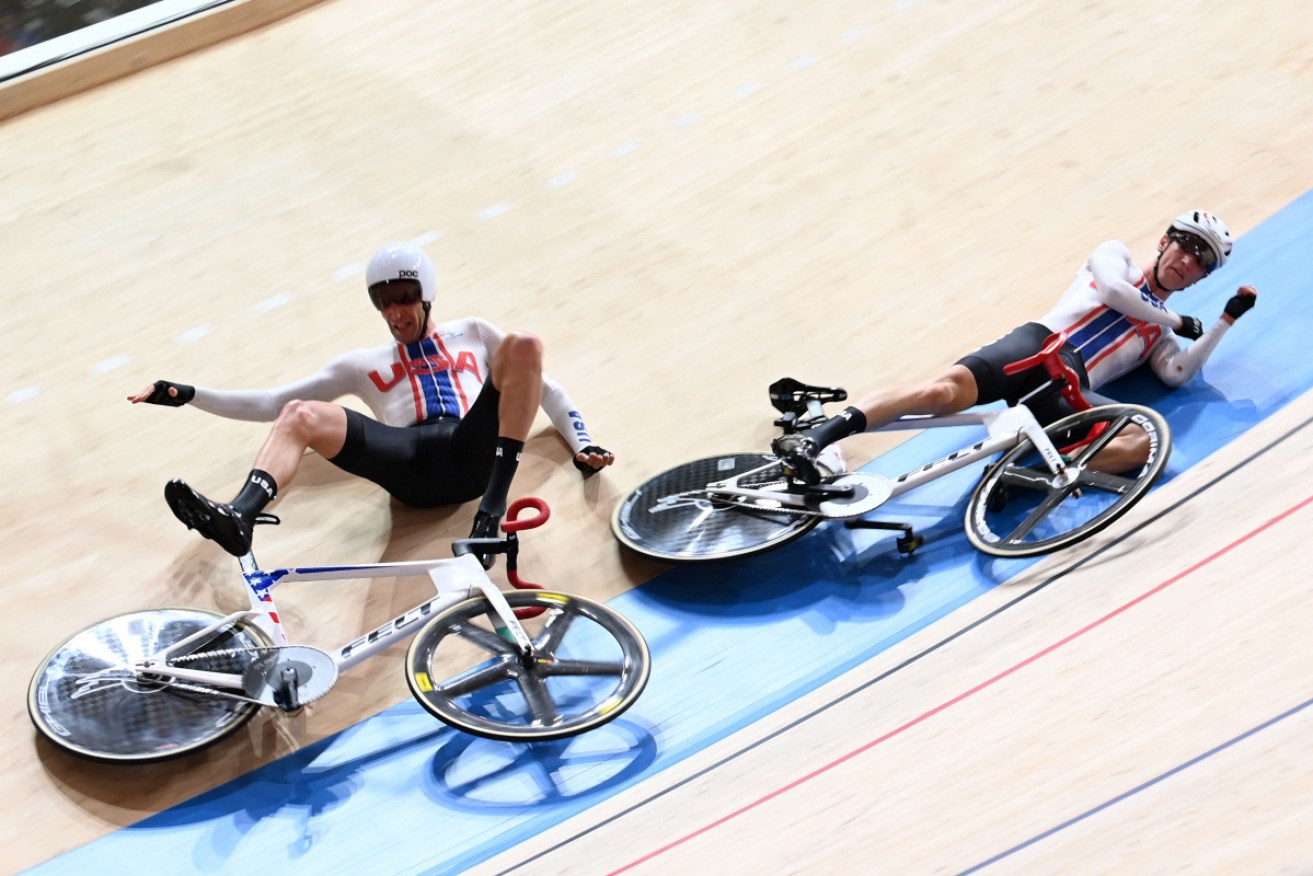Eight out of 10 sports-related spine injuries suffered by cyclists


Cycling has seven times more spinal injuries than skiing or snowboarding. Photo: Getty
More than eight out of every 10 sports-related spine injuries are suffered by cyclists, according to new research from Harvard University.
Analysis of traumatic spine injuries (TSIs) in different sports found that cyclists were injuring their spines nearly seven times more than skiers and snowboarders.
The researchers examined data on 80,040 adult cases of sports-related traumatic injuries, “focusing specifically on 12,031 cases of sports-related TSIs, which consisted of vertebral bone fractures and/or spinal cord injuries”.
Cycling incidents accounted for 81 per cent of sports-related TSIs, skiing and snowboarding accidents for 12 per cent, aquatic sport and contact sport mishaps for about 3 per cent each, and skateboarding and rollerblading accidents for 1 per cent.
This isn’t entirely surprising
Whether you’re in the US (where the survey was based) or Australia, there are many more people riding bikes than skiing. And so cyclists are naturally going to account for more injuries and deaths.
A 2019 survey found there were about 3.43 million Australians riding bikes in a typical week.
A May report from Bicycling Australia found that cycling levels around Australia had increased by up to 69 per cent compared to pre-COVID levels.
“After the initial COVID bike boom, cycling levels dropped and plateaued at higher-than-normal across Australia,” the report said.

Back injuries: How cycling compares to other sports. Image: JNS
Last year, the Australian Automobile Association (AAA) reported an “alarming spike” in the recent cyclist death rate. Once again, injury and death rates are tied to participation rates.
Reckless driving put riders at a heightened risk, but the Australian Road Safety Foundation has also found that more than a quarter of cyclists are riding without a helmet.
Some other numbers to think about
The Harvard researchers found that 15 per cent of patients with TSI presented with traumatic injuries to the spinal cord – rather than the spinal vertebrae.
These cord injuries were most prevalent in patients with aquatic sports-related injuries (49 per cent) and those with contact sports-related injuries (41 per cent).
The Harvard researchers found that among all patients with sports-related TSIs, most injuries were caused by motor vehicle accidents (81 per cent) and falls (14 per cent).
The researchers advise that the patients involved in motor vehicle accidents were not inside the vehicle.
The authors found that for all sports-related injuries (not just spine injuries), 76 per cent were due to motor vehicle accidents and 19 per cent due to falls.
Somehow there seems to be too much sport played near roads.
Hospital stays and deaths
Nine per cent of patients with sports-related TSIs required surgery during their initial stay in the hospital.
Patients with sports-related TSIs were likely to remain in the hospital on average two days longer and those with sports-related traumatic spinal cord injuries seven days longer than patients with non-TSI sports-related injuries.
Finally, although the percentage of patients who died in the hospital was low, patients with TSI were more likely to die in the hospital than patients with other sports-related injuries.
A report from cyclingweekly.com found that 41 per cent of all cyclists seek medical help for lower back pain.








